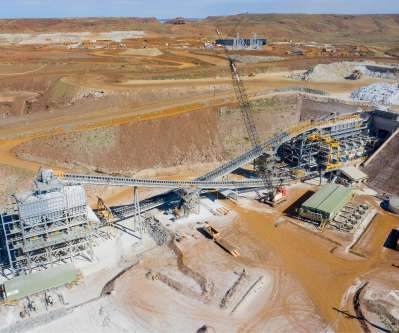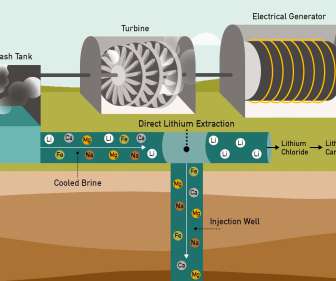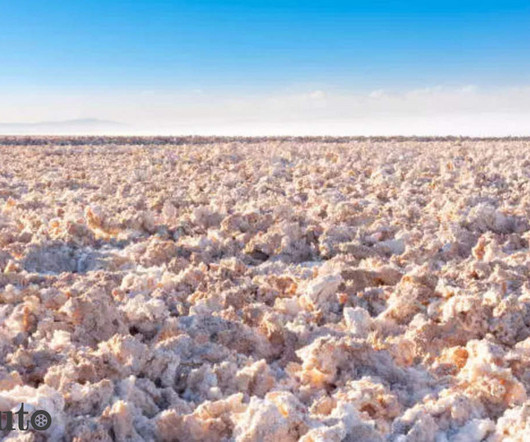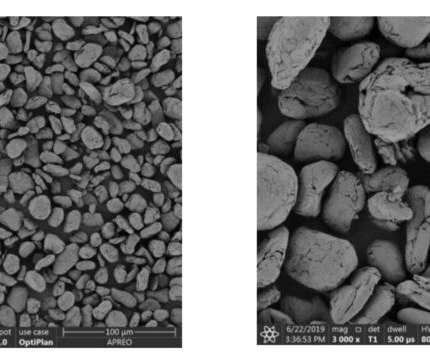Mineral Resources boosting lithium production from W Australia mines
Green Car Congress
APRIL 9, 2022
Australia-based Mineral Resources (MinRes), one of the largest owners of hard rock lithium units, has, in response to “unprecedented global customer demand for lithium products”, agreed with its JV partners to increase production from the Wodgina and Mt Marion spodumene mines, based in Western Australia.



















Let's personalize your content